BIAZA and Nature's SAFE join forces to fight extinction
how to help
For many species, it’s now or never.
Donate Nowor why not Fundraise For Us?
Nature’s SAFE, one of Europe’s largest living biobanks is freezing tissue samples from the world’s rarest animals to save them from extinction. Nature’s SAFE is now home to biological tissue samples of 100 of the planet’s most endangered species – providing a vital insurance policy for threatened wildlife, so it can be protected for generations to come.
Currently, 100 species are lost each day to extinction, and as the last few species die, their genetic blueprint is removed forever from our planet. Nature’s SAFE partners with accredited zoos to collect and process tissue and reproductive cell samples from threatened and endangered species, storing them in an indefinitely cryopreserved living state at -196oC. Once thawed, these stored living cells can one day be used in cell culture or assisted reproductive technologies to maintain genetic diversity in the species gene pool.
“With gene pools shrinking, cryopreservation is a critical piece of the conservation puzzle, providing a safeguard for animals the world is currently on track to lose.” said Dr Sue Walker Head of Science at Chester Zoo and Co-Founder of Nature’s SAFE.
Biological samples from the Eastern black rhino, jaguar, Javan green magpie and mountain chicken frog are some of the highly threatened species that have been frozen at the Nature’s SAFE biobank. Photos courtesy of Chester Zoo.
As a centre of excellence in reproductive science, Nature’s SAFE has to date cryo-preserved multiple cell types from many endangered animal species, including the critically endangered mountain chicken frog, Javan green magpie, pied tamarin, and jaguar. The 100th species to join The Living Biobank, is the Owston’s civet; a beguiling animal on the brink of extinction in the wild across South East Asia.
Dr Veronica Cowl, Reproductive Biology Coordinator for Chester Zoo and the European Association for Zoos and Aquaria (EAZA) said “We’ve been working on understanding reproduction in the elusive Owston’s civet for more than three years, and it’s fantastic that we can now preserve the genes from the current zoo population in Nature’s SAFE, The Living Biobank. It’s a great step forward in our work to prevent the extinction of this beautiful species, and it’s a pleasure to work with such a passionate group of people”.
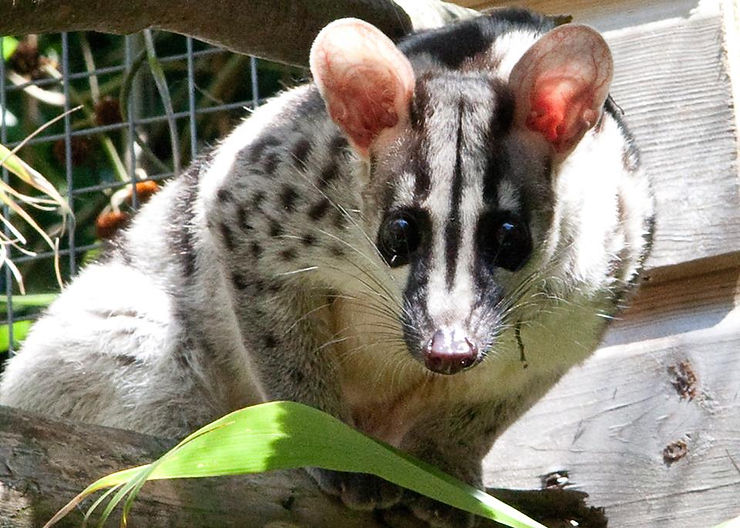
Nature’s SAFE has an ever-expanding, global network of expertise to enable cutting-edge reproductive and biobanking science to be delivered to zoological collections for free and invites queries from potential new biobank partners or supporters.
“Without Nature’s SAFE, for many species already so near the brink of extinction, there will be no return. With Nature’s SAFE and other biobanking partners – there is optimism. We know the 6th mass extinction on Earth is underway, and there will be rough times ahead. The question is what do we want to do about it? And our answer is: we want to secure future options for biodiversity, by acting now.”
~ Tullis Matson, Chair and Founder, Natures SAFE
Don’t miss
BIAZA and Nature's SAFE join forces to fight extinction
Suffolk Owl Sanctuary operates a comprehensive facility for the care and rehabilitation of owls and raptors around Suffolk, and promotes their conservation throughout the UK and beyond. This partnership will further their impact by helping to prevent the extinction of owl and raptor species.
The carbon conversation continues to thrive, and successfully attracts significant investment and market-driven incentives. It has been commodified—bought, sold, offset, and traded—as if it exists in isolation from the broader environmental crisis. This narrow focus risks turning the pursuit of ‘net-zero’ into a convenient smokescreen, allowing companies and countries to claim progress while overlooking the interconnected challenges of biodiversity loss, ecosystem degradation, and long-term sustainability.
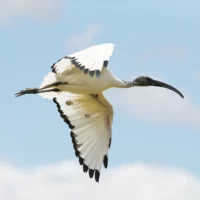
Sacred ibis
Total Population: 200,000 to 450,000 in the wild
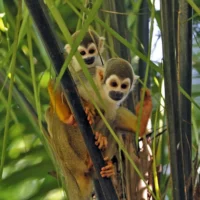
Guianan Squirrel Monkey
Total Population: Around 150,000 in the wild
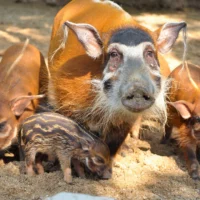
Red river hog
Total Population: Unknown
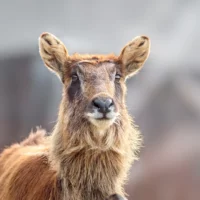
Nile Lechwe
Total Population: 30,000 - 40,000 in the wild
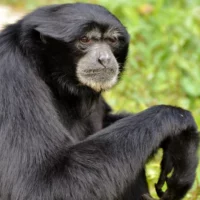
Siamang Gibbon
Total Population: Around 22,000 in the wild
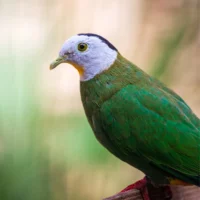
Black-naped fruit dove
Total Population: Unknown
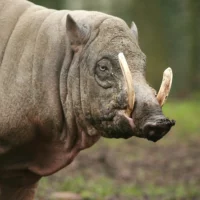
Babirusa
Total Population: Less than 10,000 in the wild
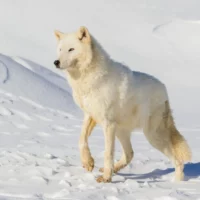
Arctic wolf
Total Population: Around 200,000 in the wild
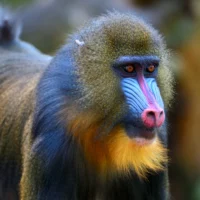
Mandrill
Total Population: Unknown
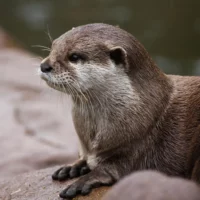
Asian short-clawed otter
Total Population: Unknown
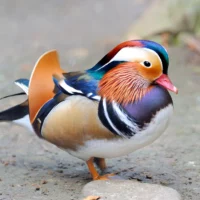
Mandarin duck
Total Population: Around 65,000 in the wild
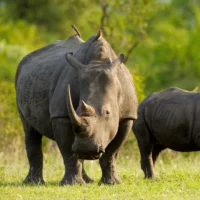
Southern white rhino
Total Population: Around 15,000 in the wild
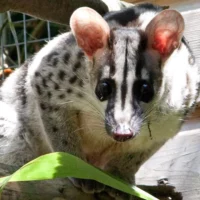
Owston’s palm civet
Total Population: Unknown
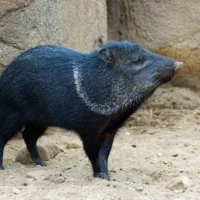
Collared peccary
Total Population: More than 2,000,000 in the wild
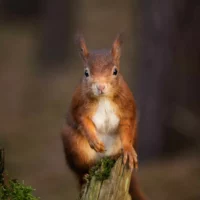
Eurasian Red Squirrel
Total Population: 120,000 to 160,000 in the wild
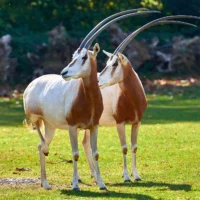
Scimitar-horned oryx
Total Population: Around 400 in the wild
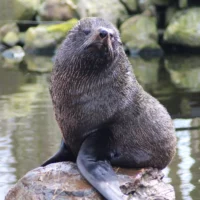
South American fur seal
Total Population: Around 200,000 in the wild
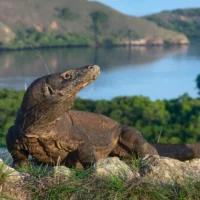
Komodo dragon
Total Population: Around 3,500 in the wild
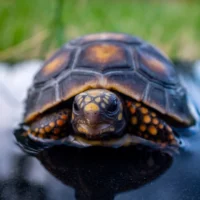
Red-footed tortoise
Total Population: Unknown
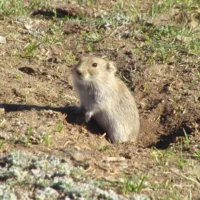
Brandt’s vole
Total Population: Unknown
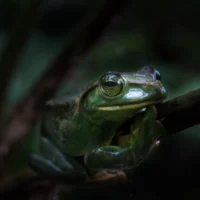
Fea’s tree frog
Total Population: Unknown